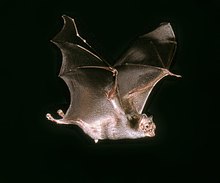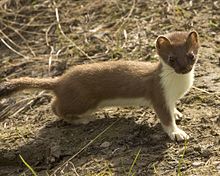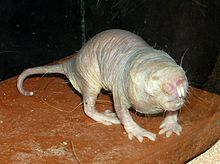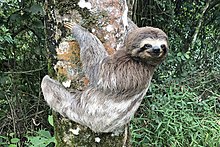Least-concern species
Lower Risk | |
|---|---|
| |
Other categories | |
| |
Related topics | |
 Comparison of Red list classes above and NatureServe status below  | |


A least-concern species is a species that has been categorized by the International Union for Conservation of Nature (IUCN) as evaluated as not being a focus of wildlife conservation because the specific species is still plentiful in the wild. They do not qualify as threatened, near threatened, or (before 2001) conservation dependent.
Species cannot be assigned the "Least Concern" category unless they have had their population status evaluated. That is, adequate information is needed to make a direct, or indirect, assessment of its risk of extinction based on its distribution or population status.





Evaluation
Since 2001 the category has had the abbreviation "LC", following the IUCN 2001 Categories & Criteria (version 3.1).
Number of species



While "least concern" is not considered a red listed category by the IUCN, the 2006
List of LC species
See also
References
- ^ "2001 Categories & Criteria (version 3.1)" (PDF). The IUCN Red List of Threatened Species. Archived from the original (PDF) on 28 January 2016. Retrieved 22 May 2015.
- ^ "Philautus sp. nov. 'Kalpatta'". The IUCN Red List of Threatened Species. Retrieved 19 December 2006.
- .
External links
- List of Least Concern species as identified by the IUCN Red List of Threatened Species

